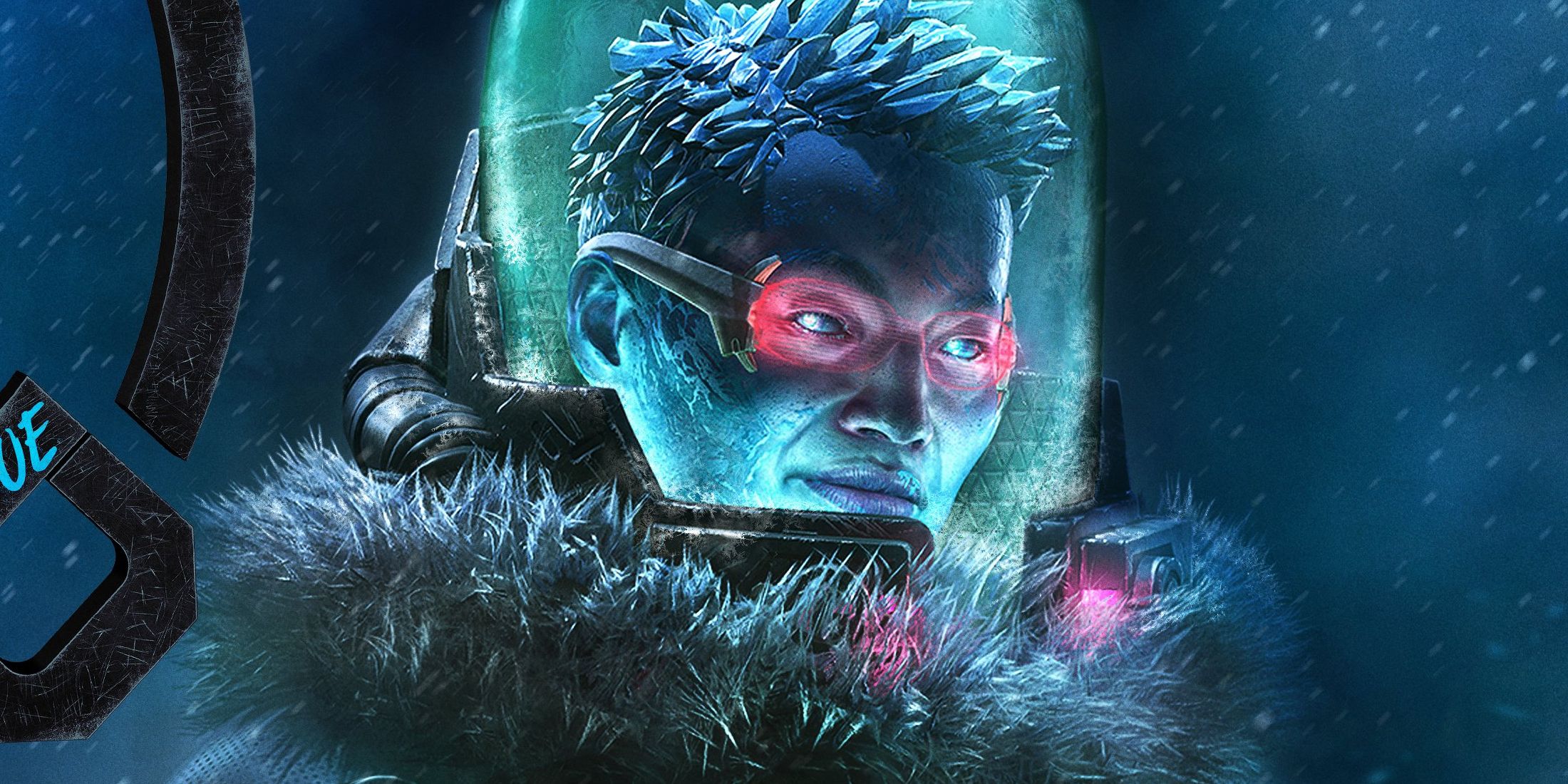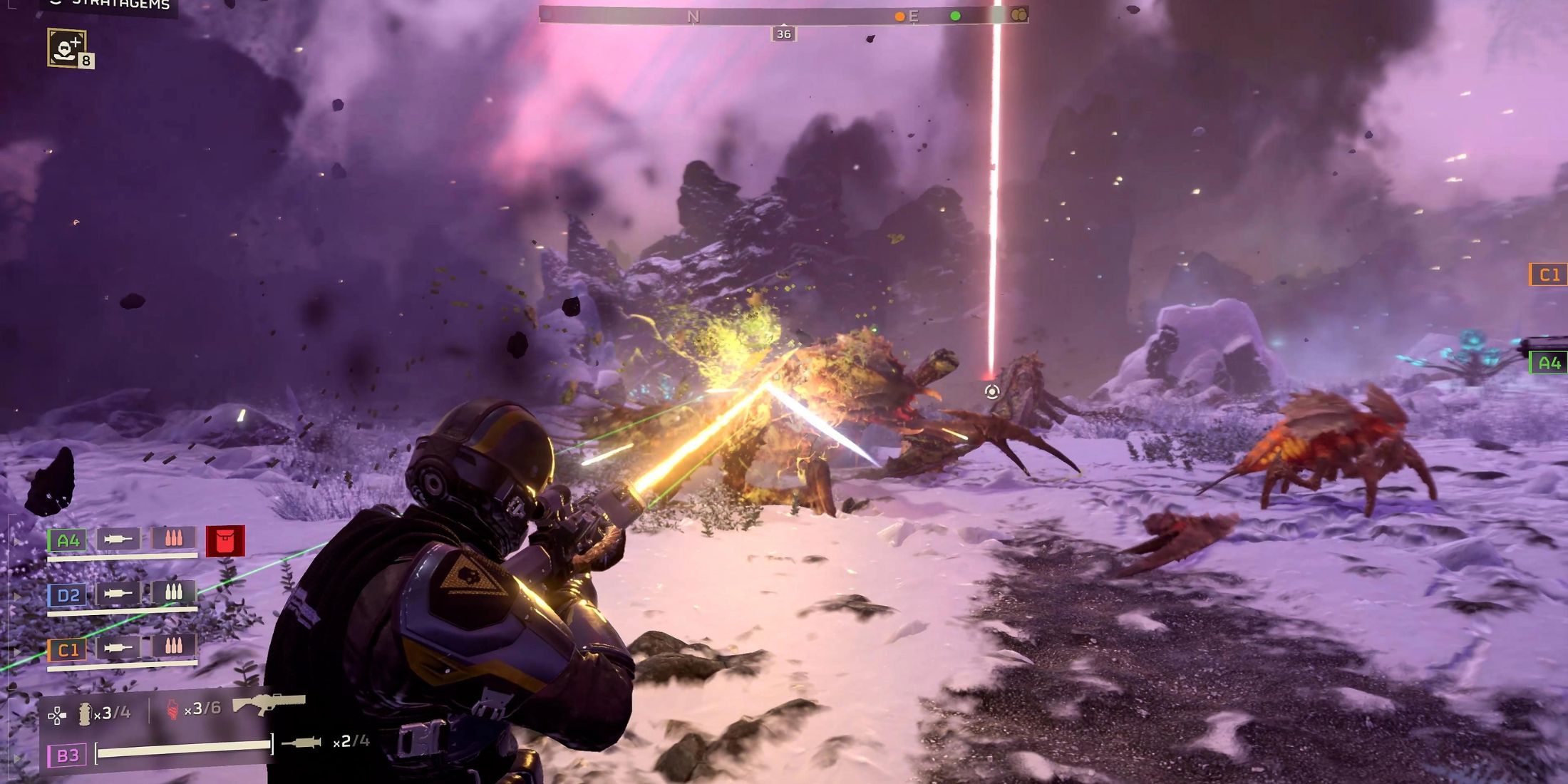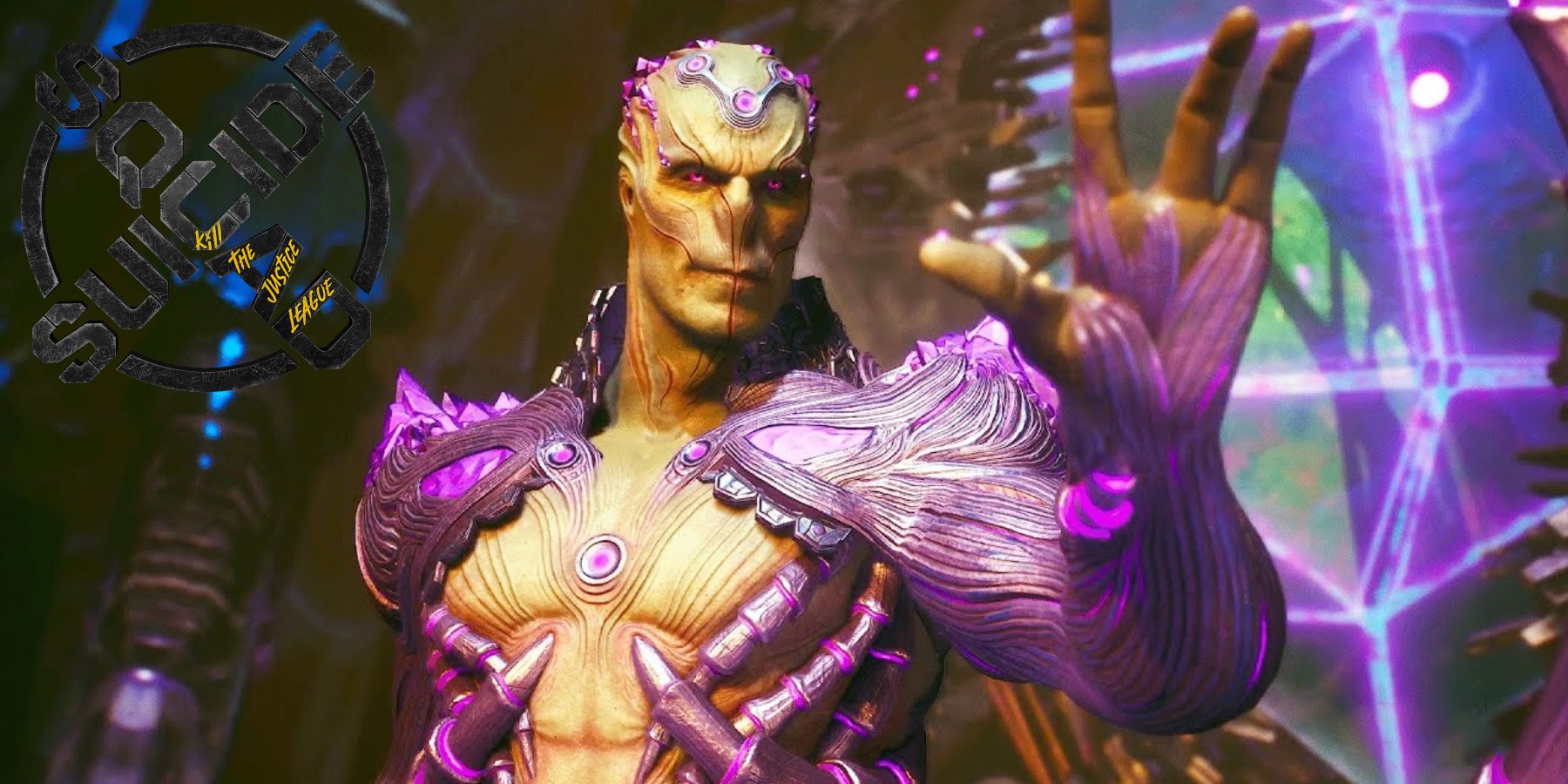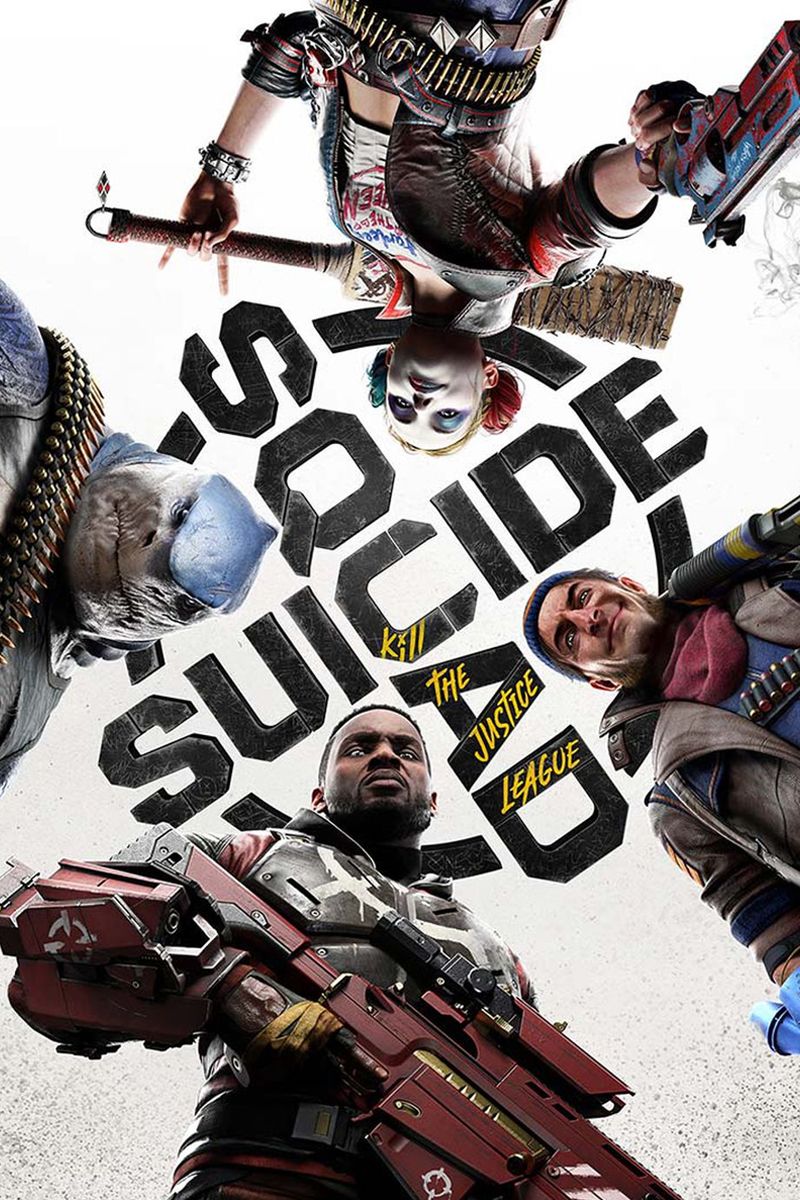Highlights
- Despite some valid criticisms, Suicide Squad: Kill the Justice League has a compelling narrative that keeps players engaged throughout its 10-hour runtime.
- The live-service integration in the game raises concerns about the cheapening of the story and the lack of meaning behind character deaths and actions.
- The introduction of the multiverse concept implies that players will have to fight the same boss multiple times, reducing the impact of the final boss fight and diminishing the overall significance of the story.
This article contains MAJOR spoilers for Suicide Squad: Kill the Justice League.
Looking back, the pre-release marketing for Suicide Squad: Kill the Justice League was a bit of a rollercoaster. When Suicide Squad: Kill the Justice League was first announced back in August 2020, there was disappointment that Rocksteady wasn't working on a Superman or Justice League game, but also optimistic that Rocksteady could work wonders with co-op Suicide Squad game. Then came the reveal that Suicide Squad was a looter-shooter, and then came last February's announcement that the game was going to be live-service, a decision that essentially led to the nearly year-long delay that the game suffered.
Even now, with Suicide Squad: Kill the Justice League fully out and playable, it remains one of the most controversial games in DC history. While some players are having fun with Suicide Squad's gameplay and story, others are finding it difficult to enjoy the game's repetitive mission structure and unpolished co-op experience. But while these are all currently valid praises and concerns, there's one element of Suicide Squad: Kill the Justice League that can't be fully judged just yet, and that's the game's live-service integration, though its effect on Suicide Squad's story already seems troublesome.
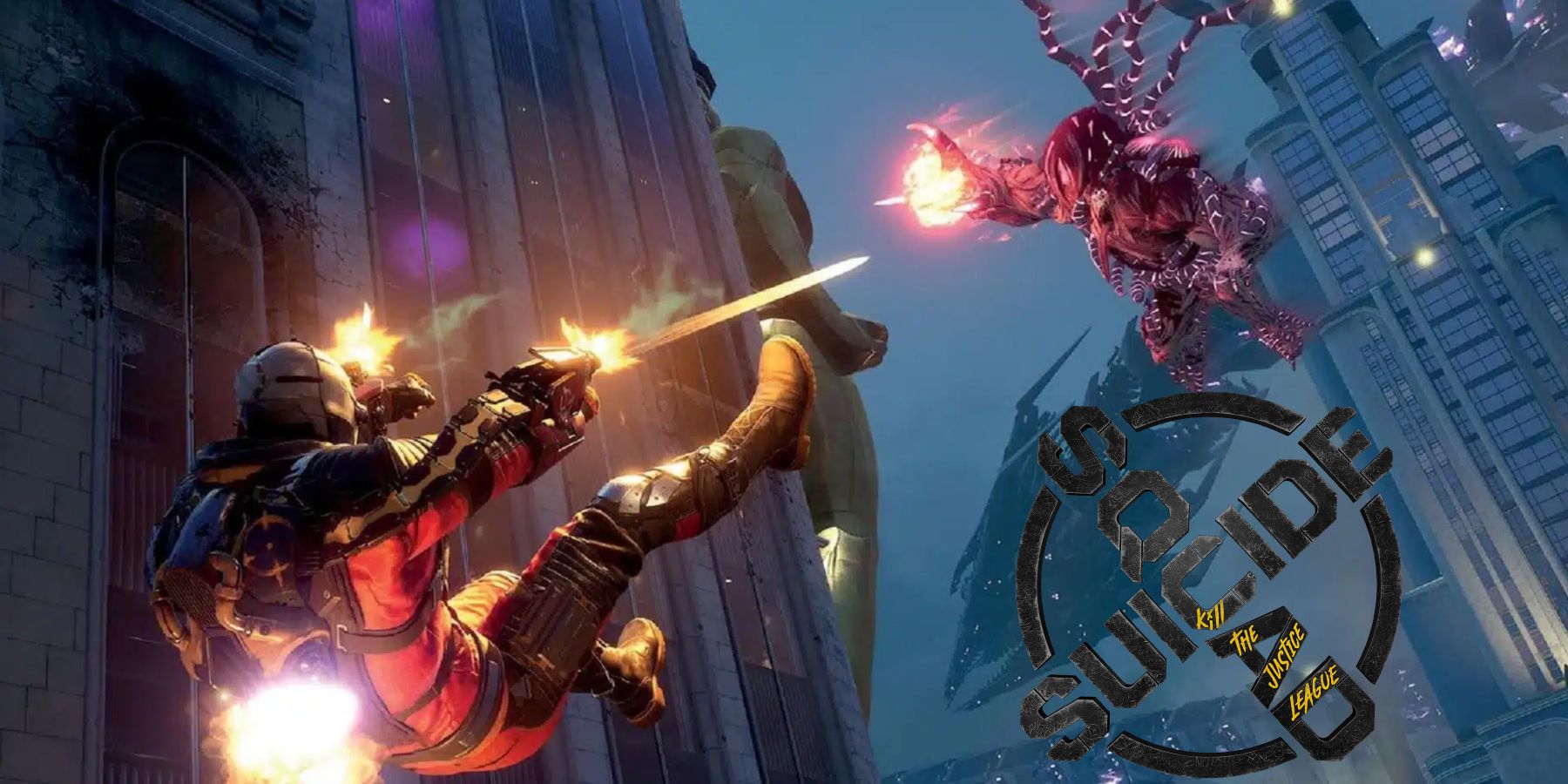
Suicide Squad: Kill the Justice League's Biggest Issue Is a Lack of Variety
One of Suicide Squad: Kill the Justice League's biggest missteps has to do with its lack of variety, which piles up over countless endgame hours.
Suicide Squad: Kill the Justice League's Live-Service Approach Cheapens the Story
Suicide Squad: Kill the Justice League Has a Compelling Narrative
On the whole, Suicide Squad: Kill the Justice League actually has a pretty compelling narrative that does a good job of encouraging players to stick around for the entirety of the game's surprisingly short 10-hour runtime. Though it's certainly been a controversial narrative, with many fans seemingly angry over Rocksteady's decision to let players kill the Justice League, that is the game's titular promise, and it's refreshing that a comic book video game leans into its grim premise.
Thanks to some good writing on Rocksteady's part, Suicide Squad: Kill the Justice League's core hunt for the Justice League remains engaging throughout, with the Justice League being shown to pose a significant threat at all times, and many of the sequences involving them feeling suitably intense and climactic. It certainly isn't perfect, and some of Suicide Squad's boss fights let it down, but the overarching story is an enjoyable one.
Suicide Squad's Live-Service Integration Throws the Entire Story Into Question
But there's one major issue that looms over Suicide Squad: Kill the Justice League's story, and that's its live-service approach. By its very nature as a live-service game, Suicide Squad's story isn't finished by the time the credits roll. While there isn't an inherent issue with this, it's how Rocksteady ends Suicide Squad that sets up a lasting problem for the game's narrative.
At the end of Suicide Squad: Kill the Justice League, players have killed The Flash, Green Lantern, Batman, and Superman, and all that's left is the big bad himself, Brainiac. However, before players even get to fight Brainiac, they're told that 13 Brainiacs currently exist across the multiverse, a plot point that essentially makes the upcoming fight feel completely redundant, as players know they're going to have to fight Brainiac another 12 times over the course of the game's subsequent live-service seasons.
While this live-service integration cheapens the final Suicide Squad: Kill the Justice League boss fight massively, the issue runs far deeper. The introduction of the multiverse "Elseworlds" concept inherently gives the game's story less meaning.
The concept of Elseworlds has a lot of potential for an ever-evolving live-service game, and yet it simultaneously implies that characters' deaths and the Squad's actions during the main story mean very little, with multiverse versions of these dead characters presumably free to appear at any point. Suicide Squad's first season of live-service content debuts another Joker, for instance, and Rocksteady could toss someone in from Lex's parallel Earth-2 if it wanted to.

